|
The RV Area Community Gardens undertook a major project of building a shelter for shade at the Gardens. The only shade on site is the maple tree by the street. While the tree provided some shade, it wasn't enough. To raise money, we had a perennial plant sale in the Spring and 4 brat frys throughout the summer and fall to raise money to build the shelter. The shelter was designed by Gardeners Wid and Tom with some help from Chad Kannenberg at TriCounty Building and Supply. Chad introduced us to a diamond pier to use as a foundation instead of pouring cement. Pretty cool device. Construction began in mid-September. Gardeners Wid, Tom and Doug put the diamond piers in the ground. They had fun and took turns using the jackhammer to drive the posts into the pier to secure it to the ground. The next work day was putting the framing up. Gardeners Tom, Wid, Doug and volunteer Larry had a beautiful day to work. Then the long wait began. We got caught in the supply chain snafu of 2022. Our trusses were being built in Minnesota. They were expected to arrive the first of October BUT.... 2 months later in early December we received word that they were in. Gardeners Wes, Tom, Wid, and volunteer Larry were blessed that December 3 and 4 were fairly mild and it was comfortable to work outdoors. Needless to say, we are looking forward to using the shelter this year not just as gardeners but for the Busy Bees Garden Club and our summer board meetings. We hope to have a shelter party this spring.
0 Comments
In 2021 Gardener Doug built a caterpillar at the Gardens to grow tomatoes for the Food Pantry. Commonly known as a hoop house or high tunnel, researchers and commercial produce farmers use the hoop house to control the growth envirornment. The West Madison Agricultural Research Station on Mineral Point Road on Madison's west side uses hoop houses for their research projects. The caterpillar was 50 ft. long and made from UV resistant or coated plastic sheeting and 2 inch pvc pipe. Rope was criss-crossed across the plastic to hold it down making it look like a big white caterpillar. Doug planted a total of 48 tomato plants primarily two varieties called Estiva and Firecracker in two alternating rows down the center of the tunnel. He set up a drip irrigation system to water the plants. The tomatoes were trellised to a rope running the length of the tunnel at the top. A disadvantages of the caterpillar was someone had to be watching the weather. If it was too hot the plastic had to be hoisted higher to let the air flow more easily. If a storm was imminent, the plastic had to be dropped so that the wind didn't tear it. On most days the plastic could be rolled up and not touched until the weather forecast indicated that action was needed. The catepillar was quite a point of interest. Gardeners had questions about it's use. Doug explained the purpose and construction of the caterpillar to the RVHS Conservation Science classes when they visited the Gardens in June. The Busy Bees Garden Club found the "big white plastic thing" interesting and had fun picking tomatoes to take home for lunch. Following are Doug's comments on his experiment: "I thought for the first time, it worked quite well. I think we officially weighed around 150 pounds of tomatoes for the food pantry and the Meadows Assisted Living Center. I am sure we took more than that out unofficially because between food pantry deliveries Gardeners were able to help themselves and those harvests were never weighed. Also some of the tomatoes were placed in the Free Veggies Kiosk on Westmor Str.
The Firecracker variety had a lot of growth cracking on the stem end which might be due in part to uneven watering. On the other hand, the Estiva variety did quite well. Naturally, I think we can do much better next year. More regularity with water and fertilizer along with fabric mulch will, I hope, make a difference" Stop by during the 2022 gardening season and check out the Caterpillar. Doug will be putting it back up as soon as the weather permits this spring. Another project the RV Area Community Gardens developed was an demonstration Enabling Garden. At the October 2020 meeting the Directors decided to create the Enabling Garden to demonstrate alternative gardening methods for people who have mobilitiy issues, physical limitations and mental limitations. It is also hoped that the demonstration garden will continue to encourage more people to garden at their homes or develop their own garden plot at the Community Garden.
In the Spring of 2021, preparation of the Enabling Garden began. Thursday, before garbage pick up in the village, was a prime time to scour the village for containers appropriate for planting veggies. Gardener Tom constructed two raised beds. Cardinal Glass donated plastic recycling bins. Standing sinks were found on the street. A cow tank and child's swimming pool were donated. Boxes and tent frames were donated by American Players Theatre. Mulch was spread to prevent weeds and eliminate mud on the site. Stands were constructed for containers that needed them. Holes were drilled in the bottom of containers for drainage. Containers with big drainage holes had them reduced to prevent loss of soil. Containers were filled with soil and mulch in preparation for planting. The project was fairly inexpensive requiring the purchase of some hardware for building the container holders and dirt for the containers. Everything else was either found or donated. As the Spring progressed Gardener Forest asked to garden on the site. He had found that he would not be able to garden normally due to back issues. Forest and Cait worked together to further develop the demonstration garden. A variety of other containers were donated and trellises were strung on the tent frames. Containers were arranged and planted. Straw bales were put in place. Forest said it was a successful year with a lot of produce harvested and it really eased the strain on his back. He will be gardening the same spot in 2022. Stop by and ask him some questions this summer. People interested in developing a garden at home should be on the lookout for discarded containers. It is not to early to start planning your garden. Don't forget to put holes in any containers with solid bottoms so that water will drain out. Be careful with fabric bag containers. We found that fabric shopping bag containers rotted quickly.
If people would like better looking containers and can afford to purchase them, raised bed containers and boxes may be found at local stores such as Menards and Farm and Fleet. Gardeners Supply Store, Burpee Seeds and Johnny's Seeds, online sources, contain a variety of raised bed and containers for planting. If you need advice, don't be afraid to ask us. Or, check out your local library for books on the topic of raised beds, container gardening, accesible gardening, enabled gardening, or gardening for the disabled. The internet, especially YouTube, has many videos on these topics also. If people want to develop an enabling garden in a plot at the Gardens, we will help make it happen. Contact us. |
AuthorRose Schneider. Archives
January 2024
Categories |
HoursDaily: 7am - 8 pm
Daylight hours |
Telephone1-608-588-6040
|
|
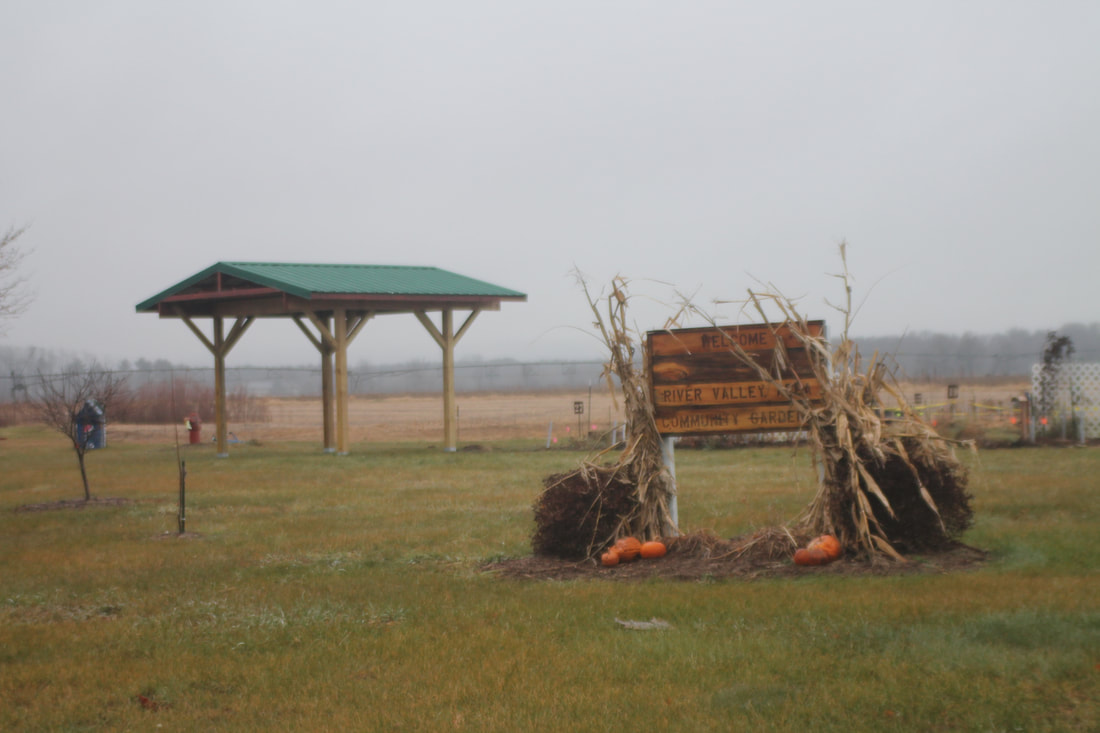
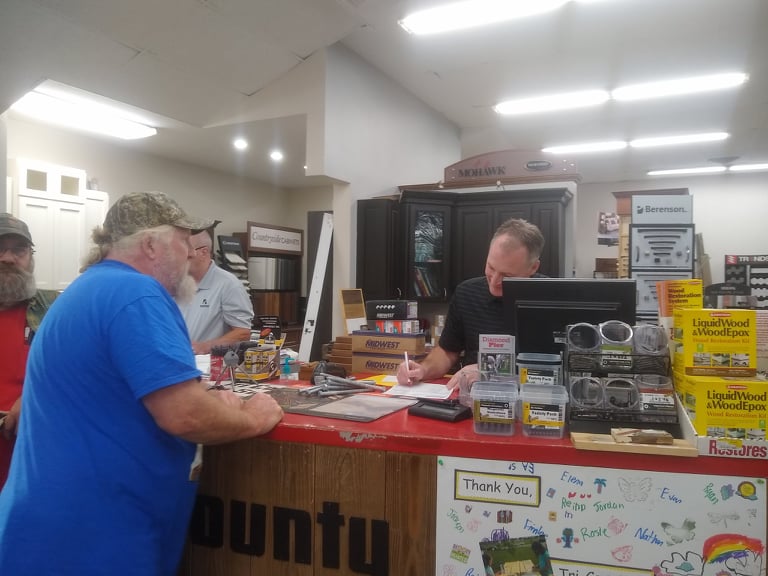
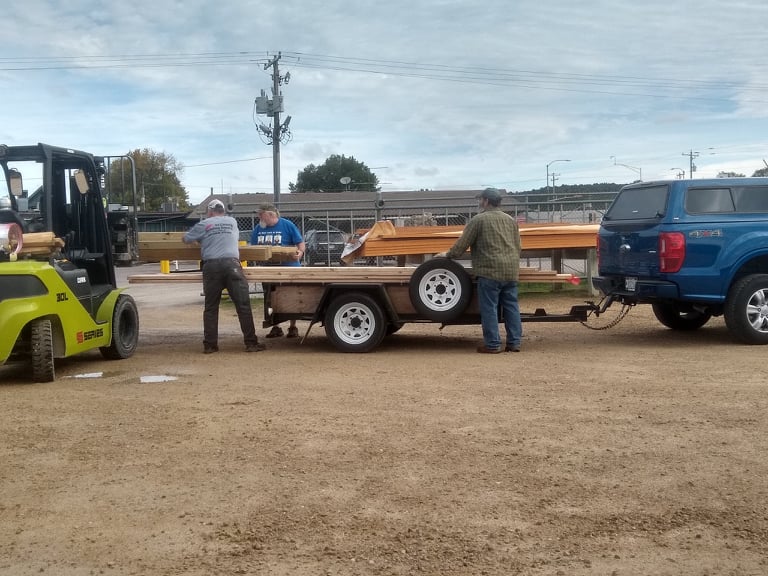
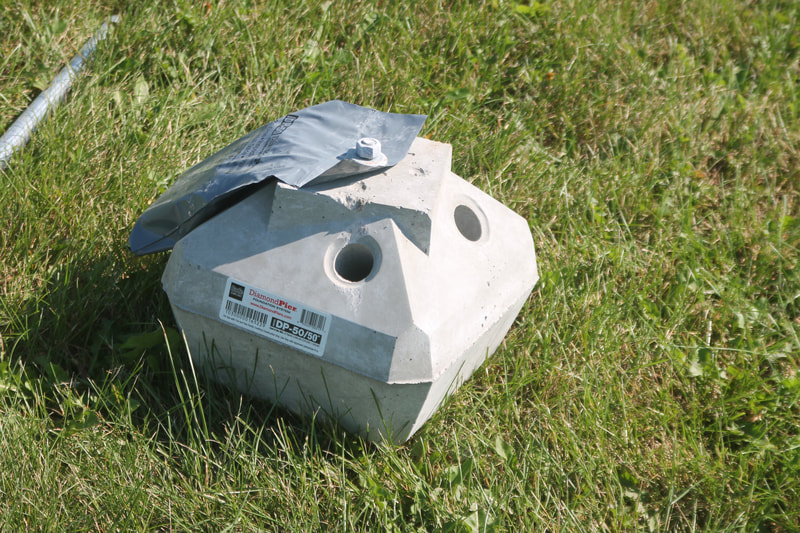
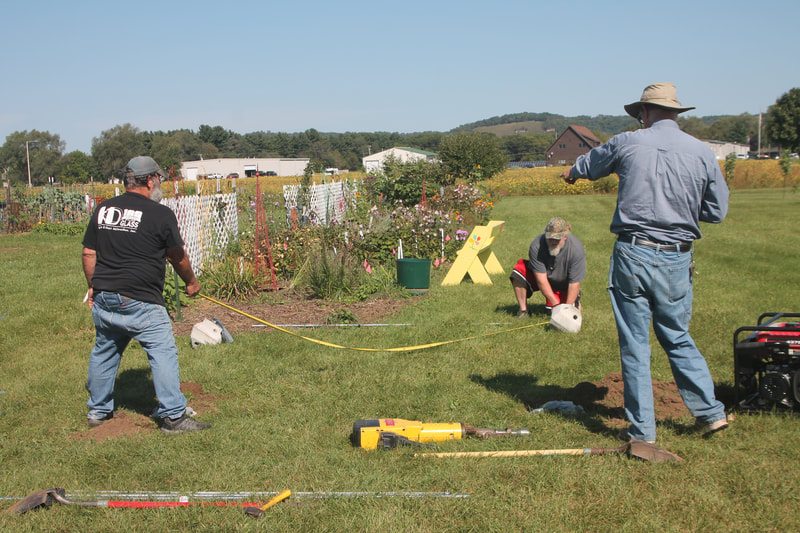
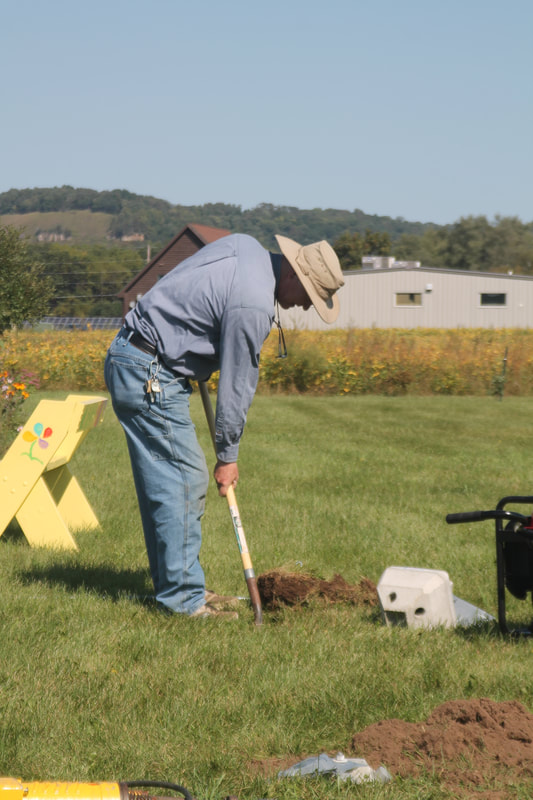
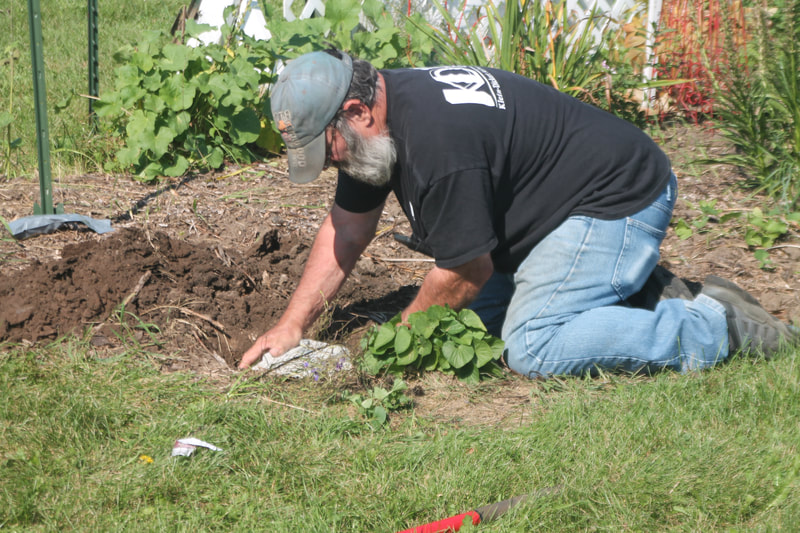
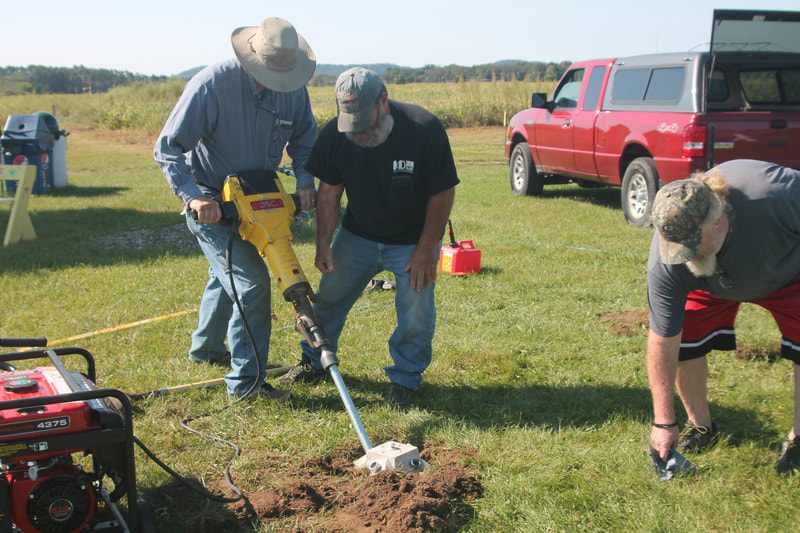
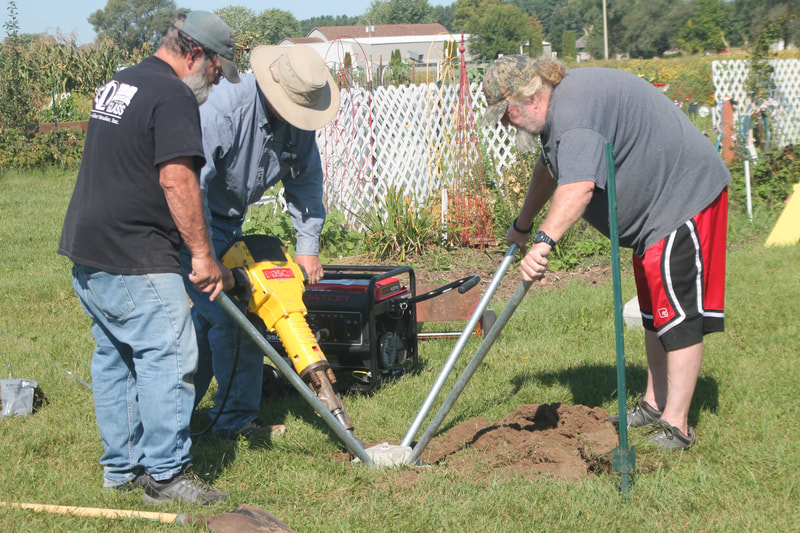
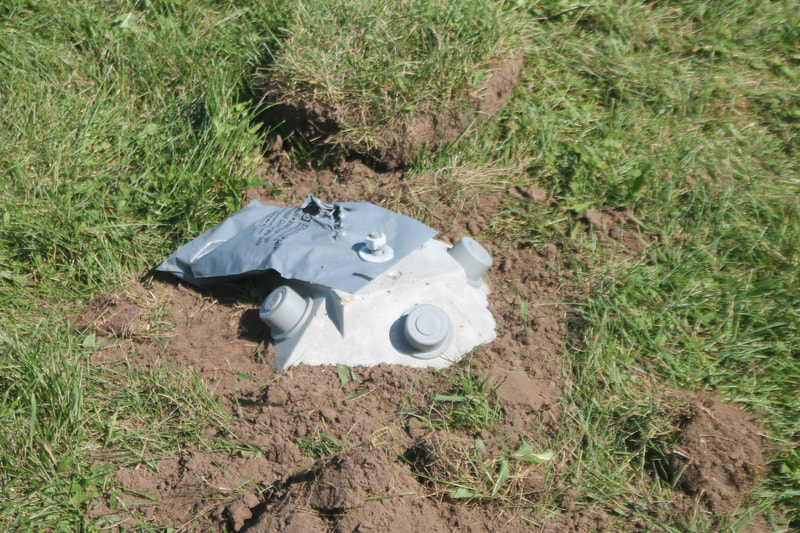
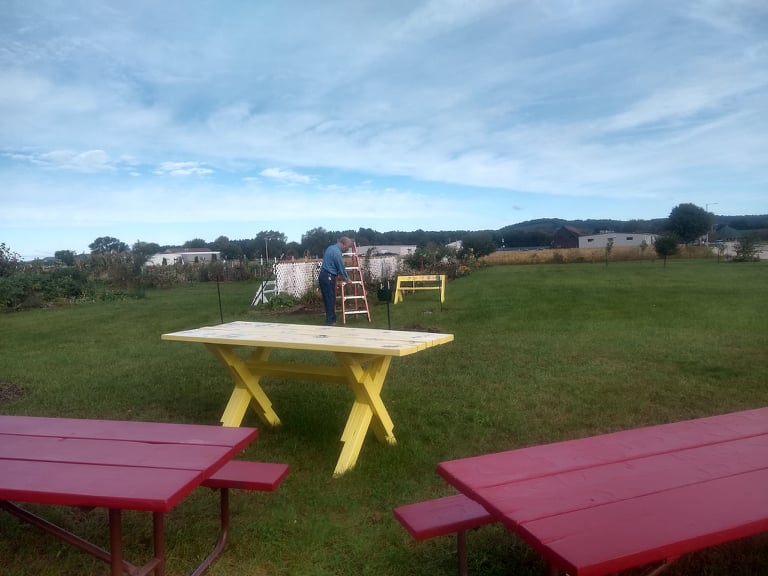
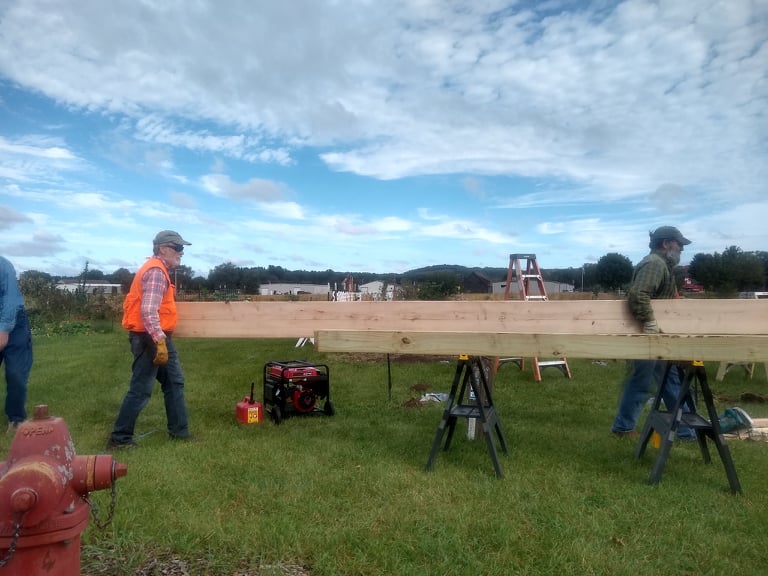
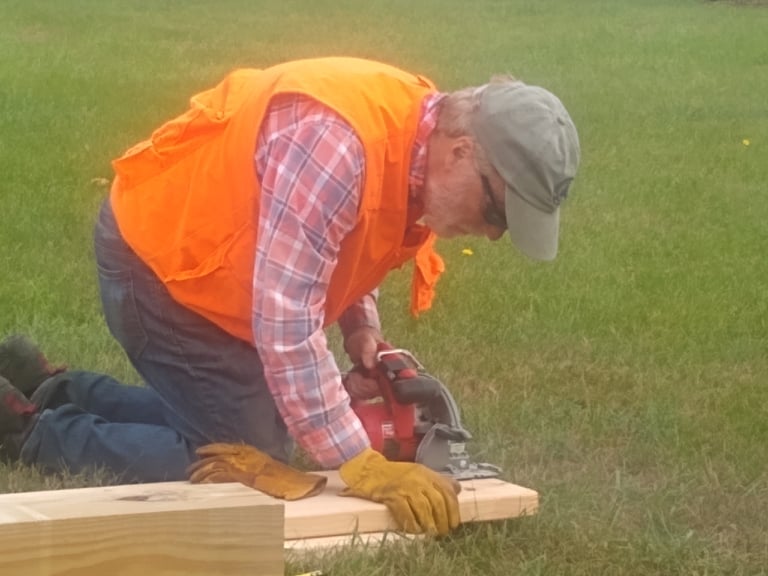
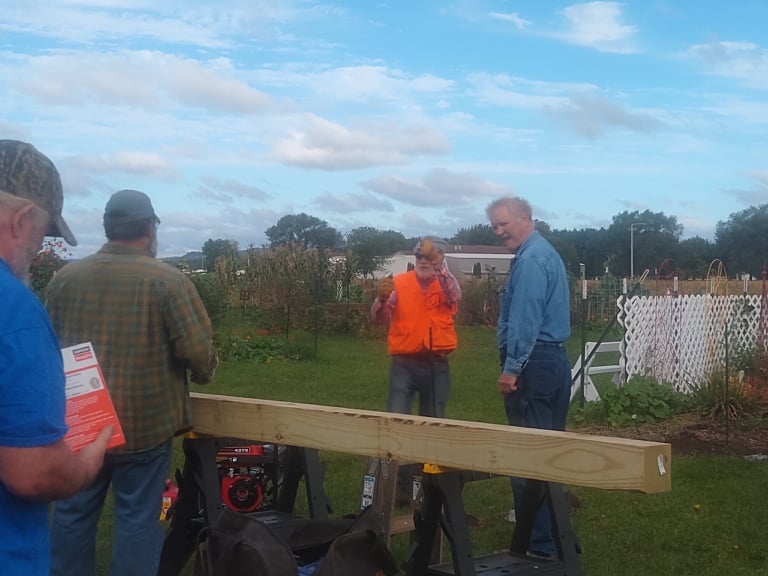
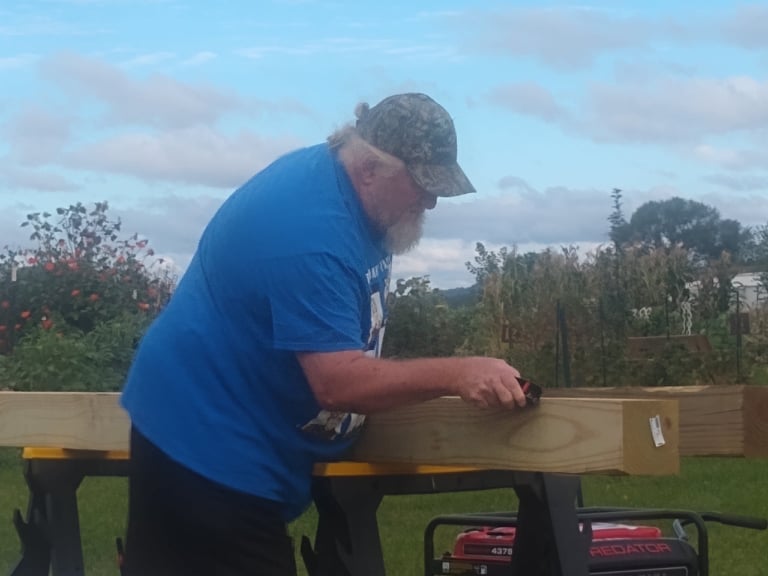
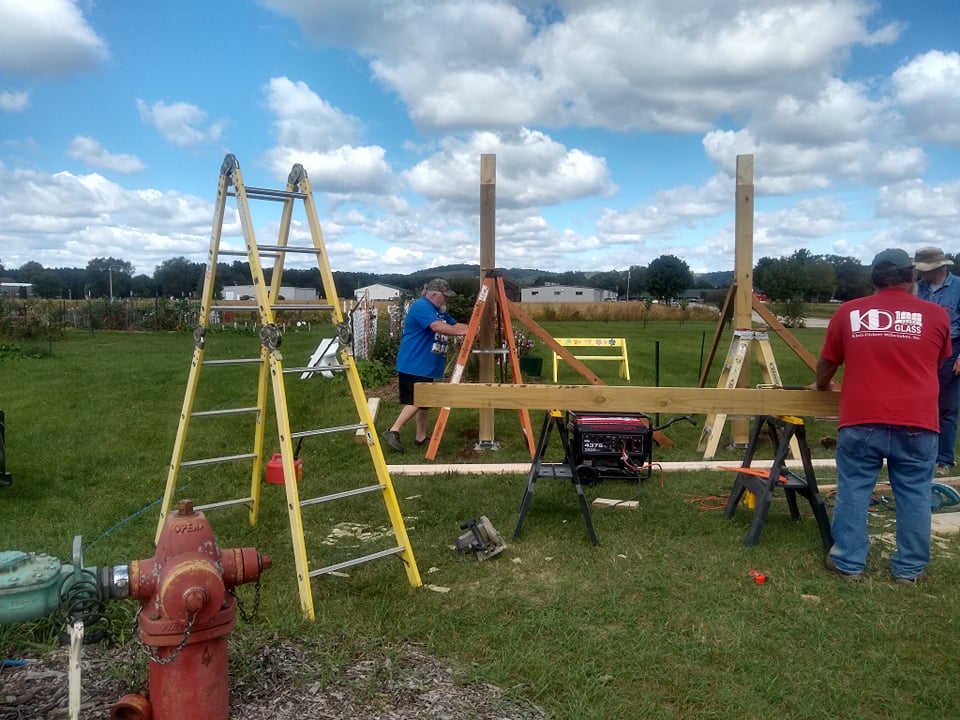
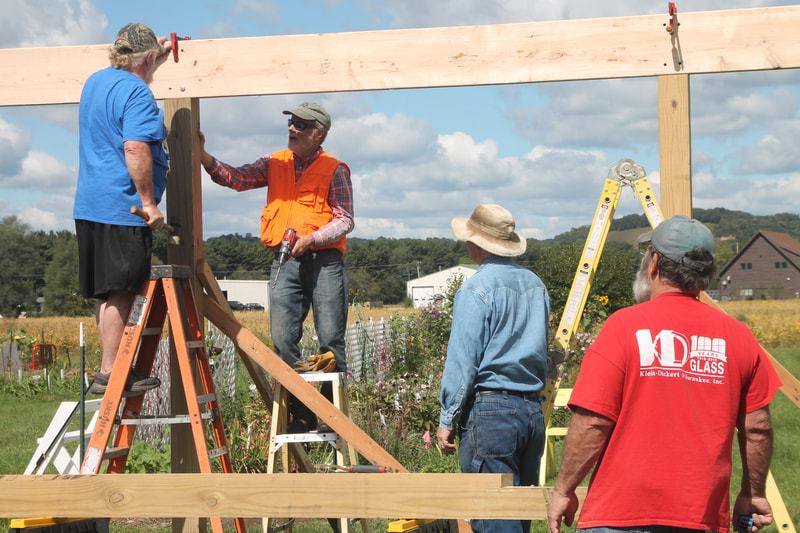
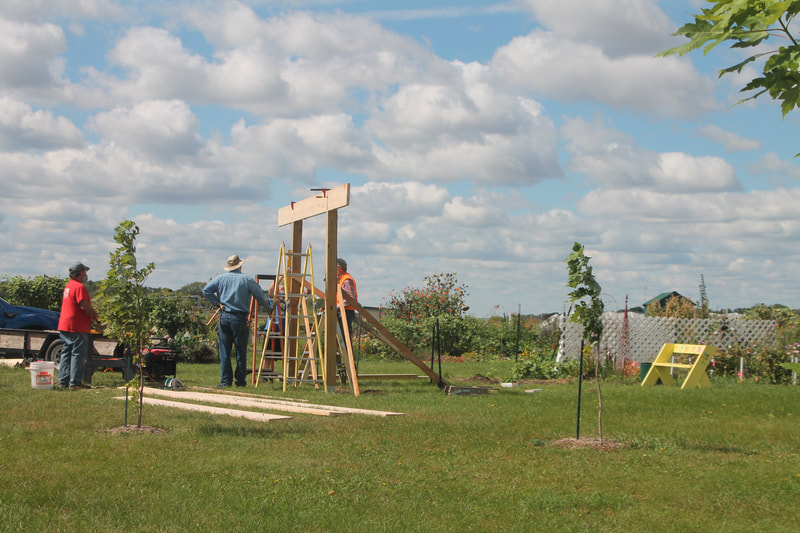
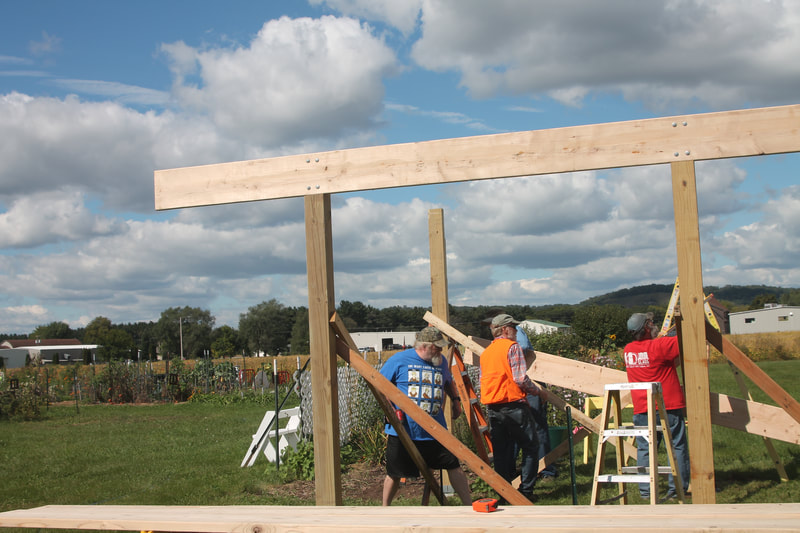
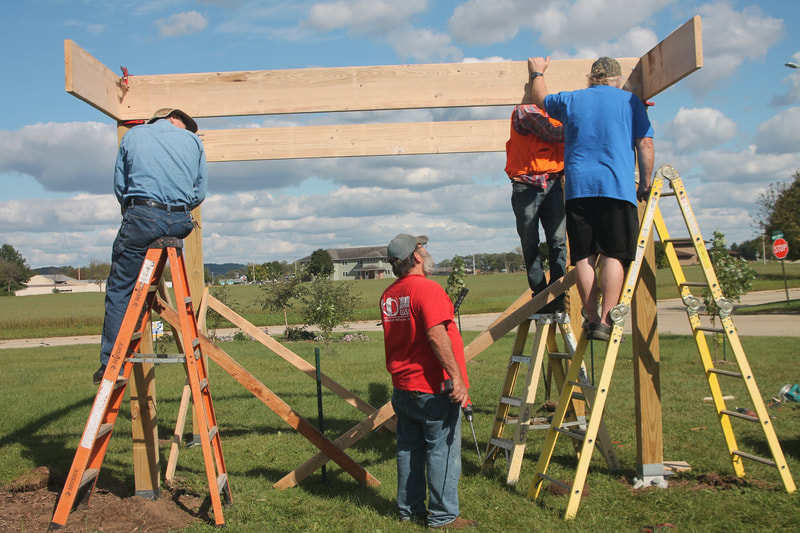
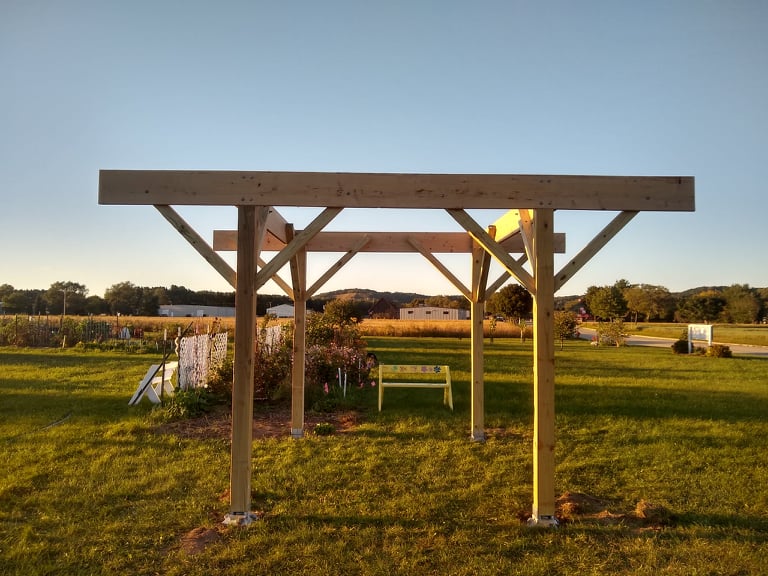
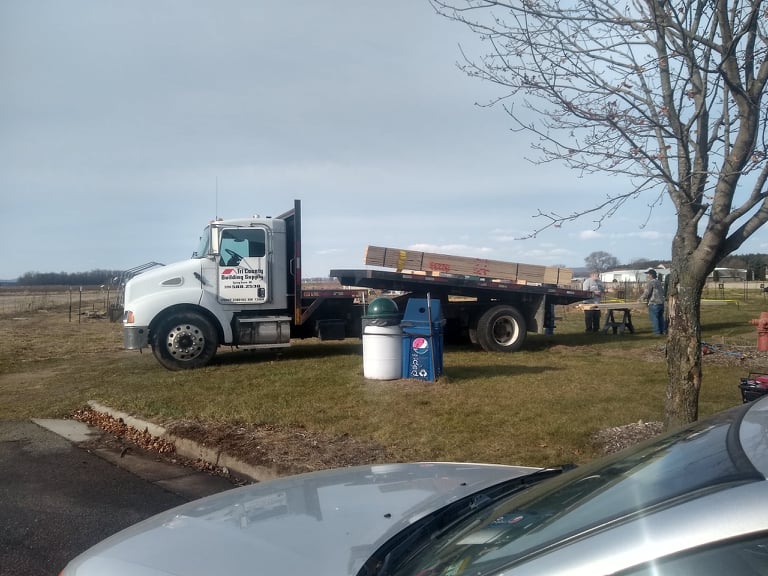
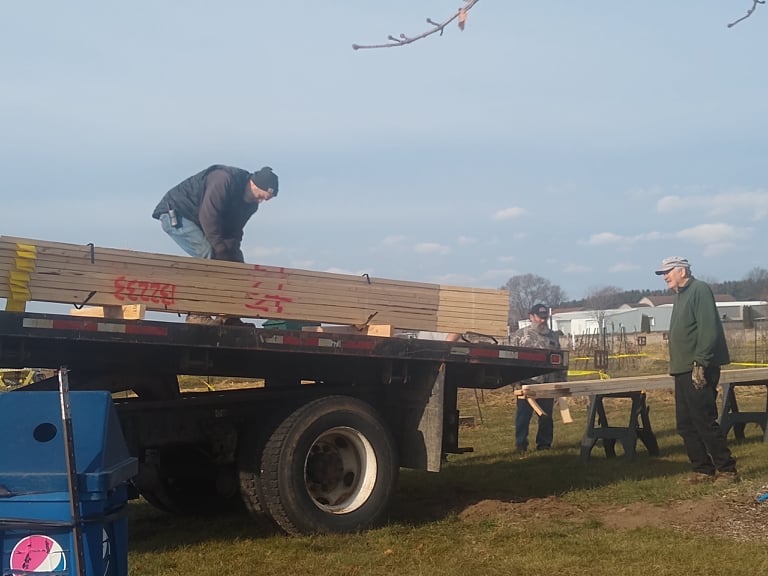
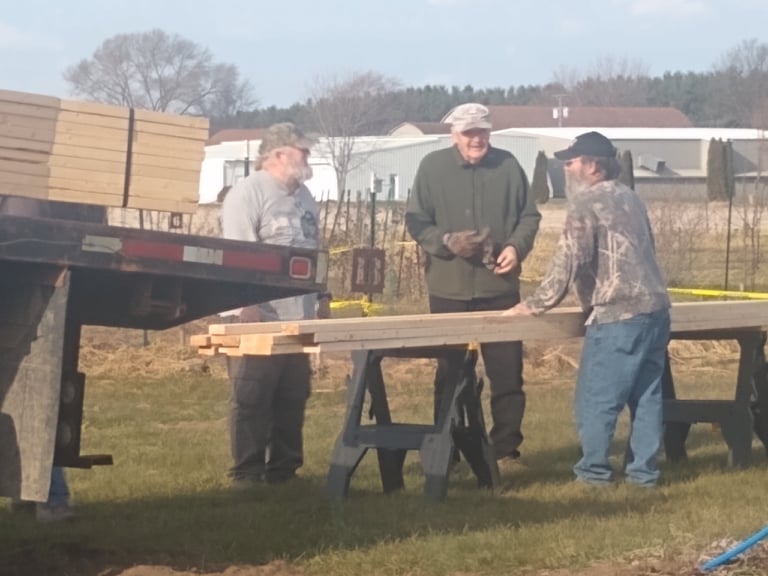
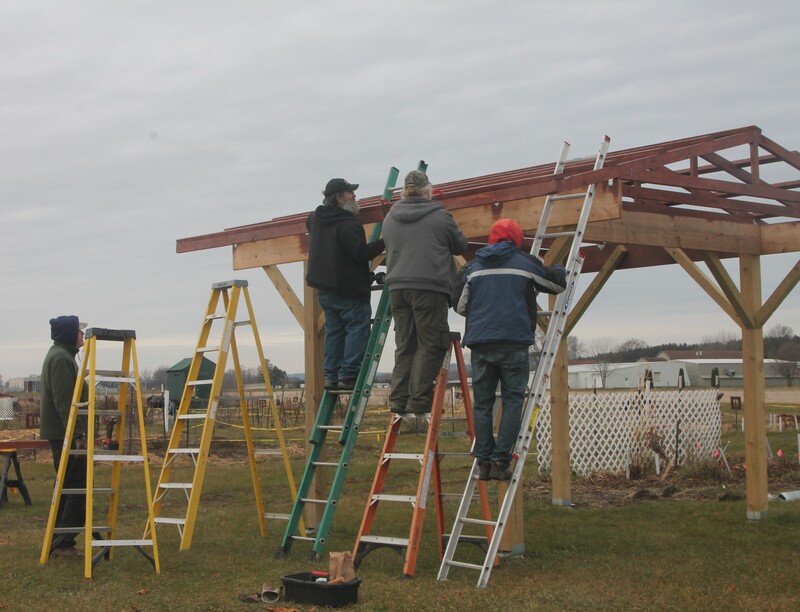
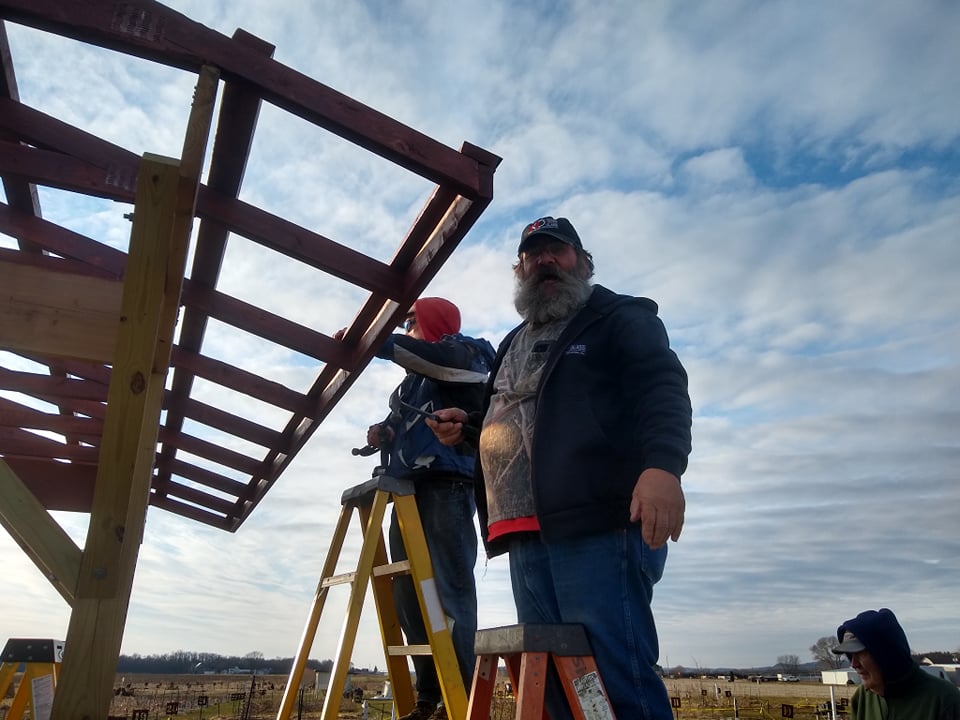
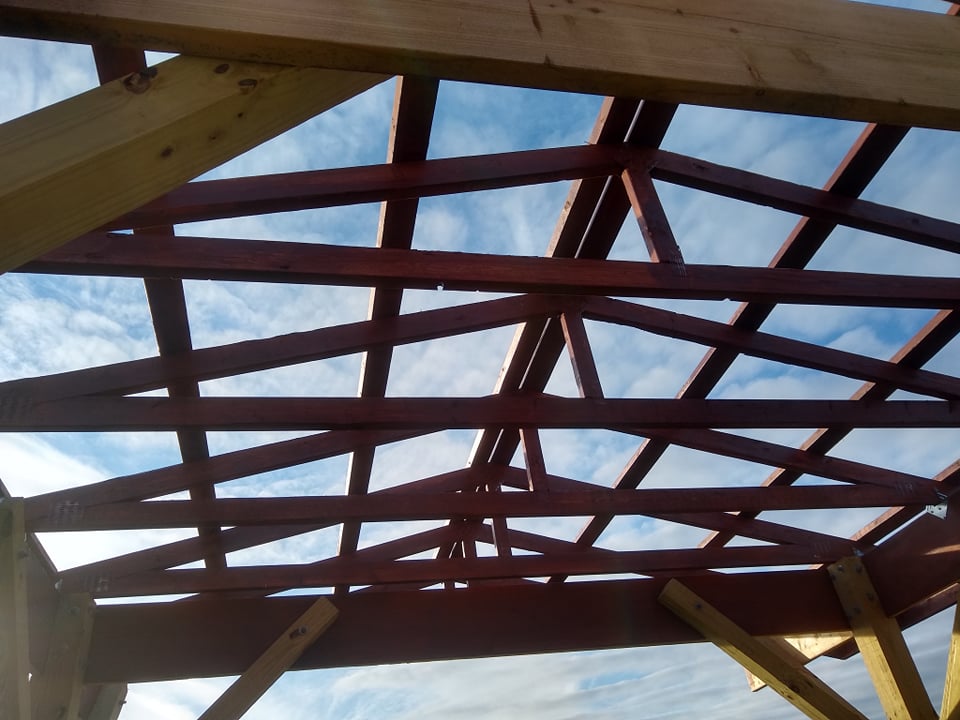
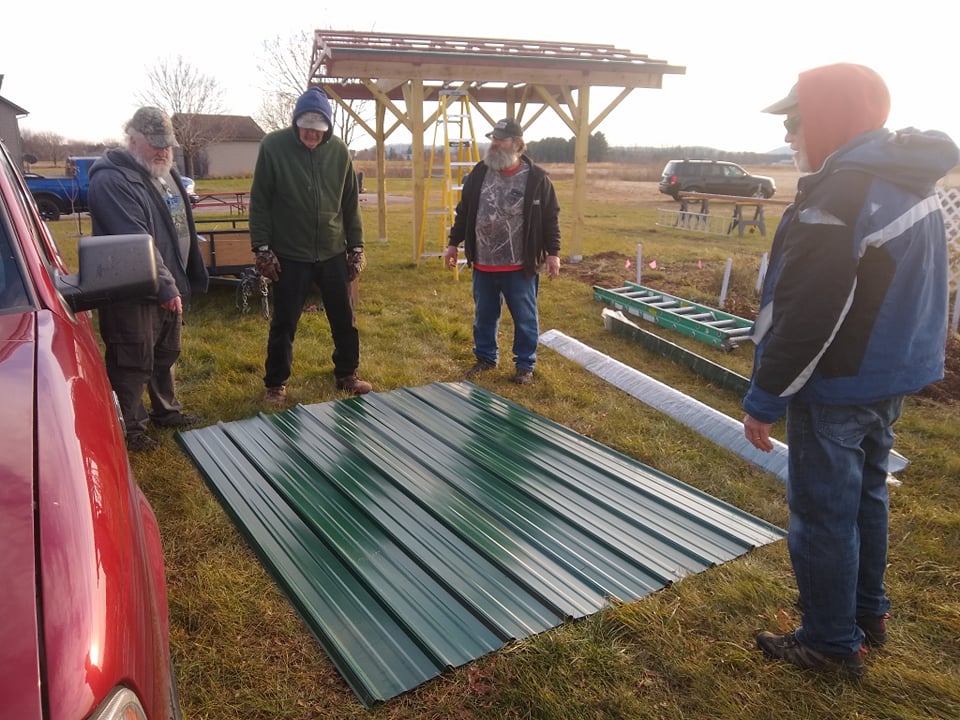
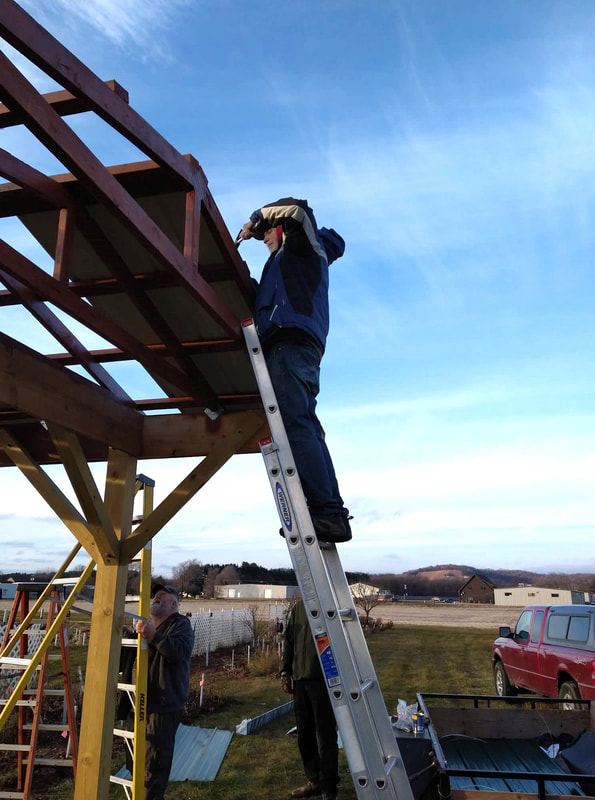
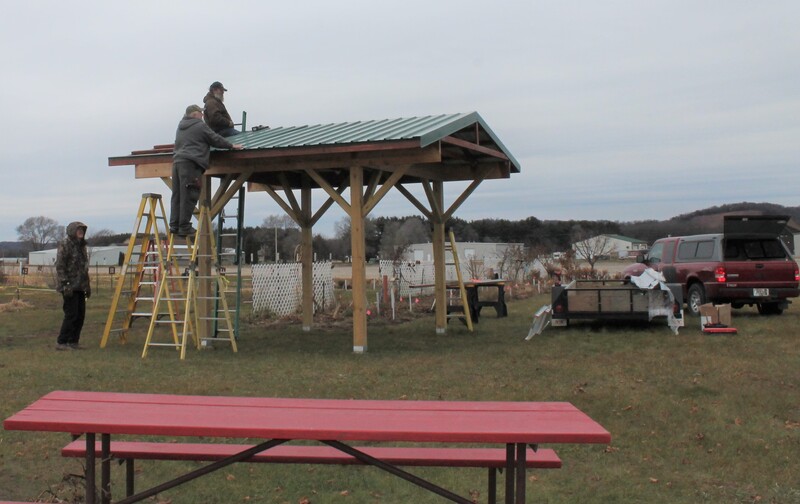
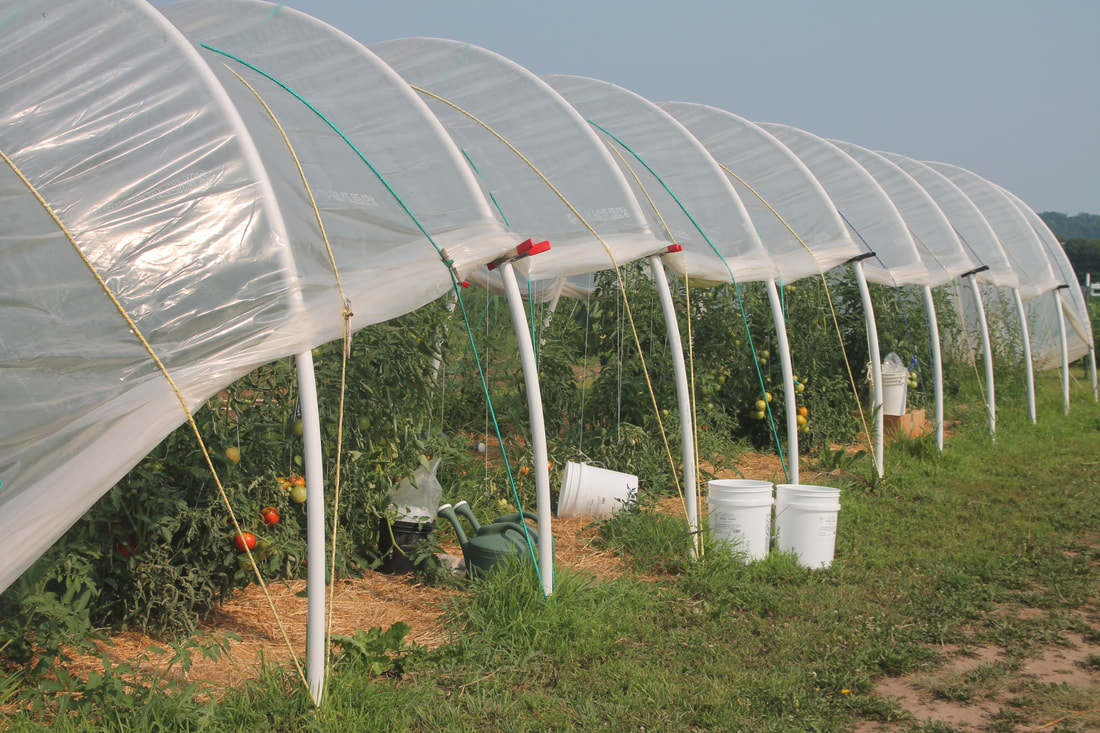
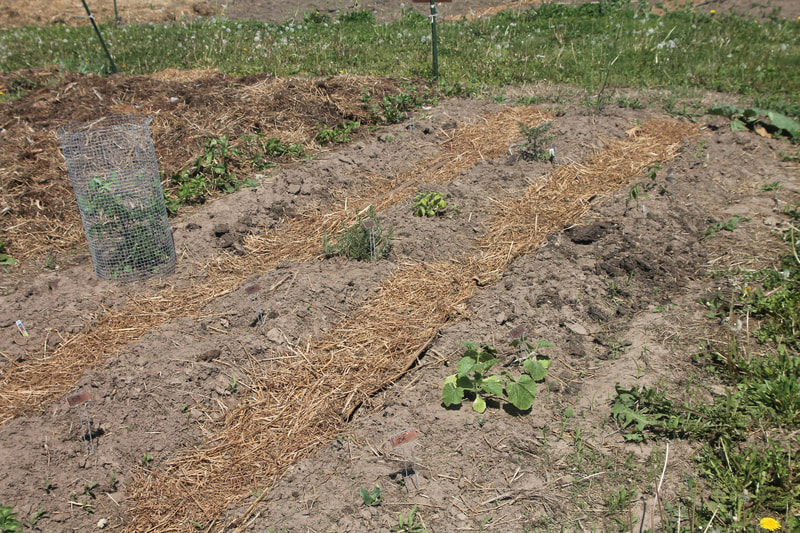
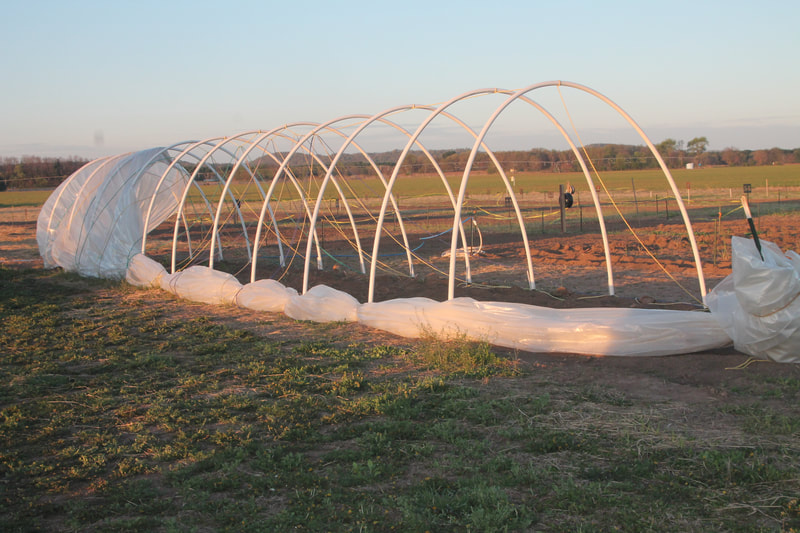
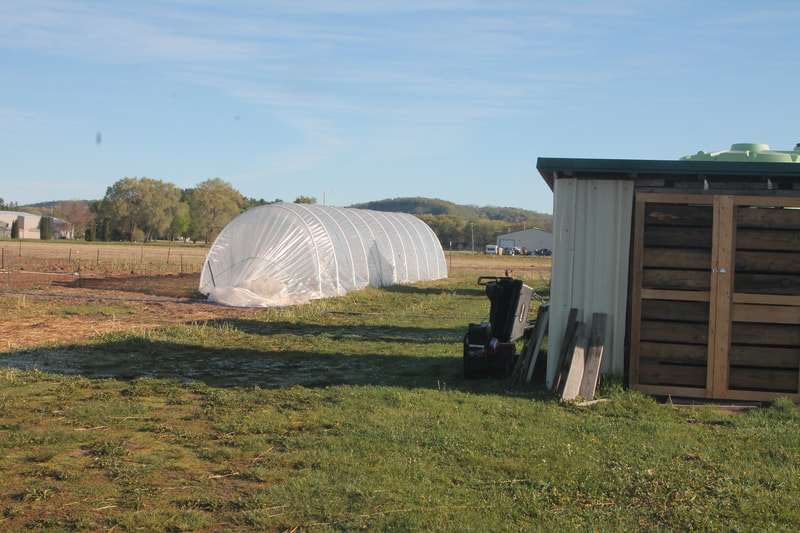
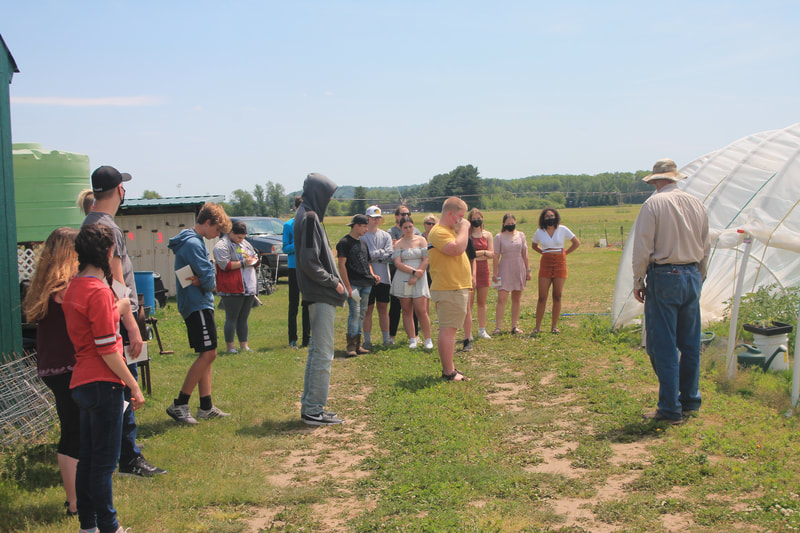
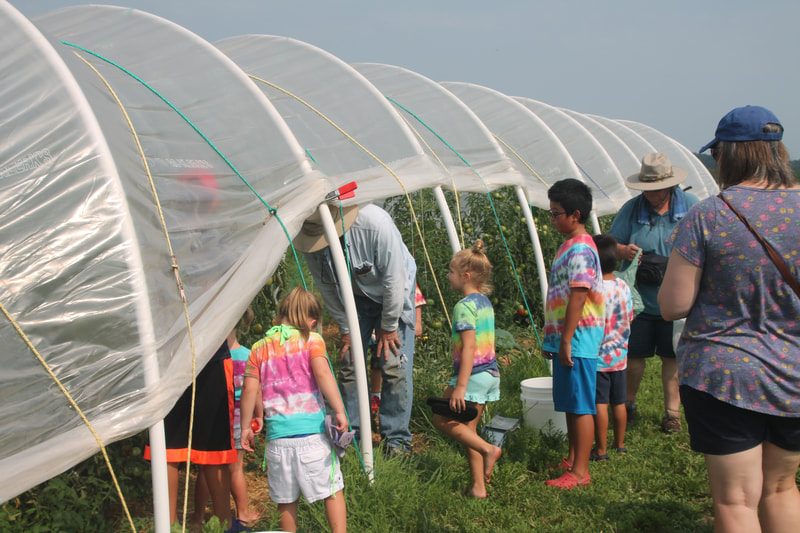
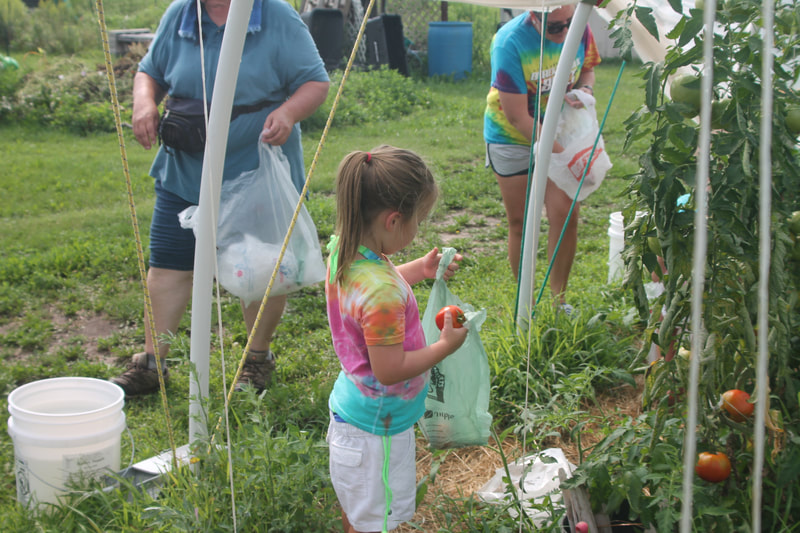
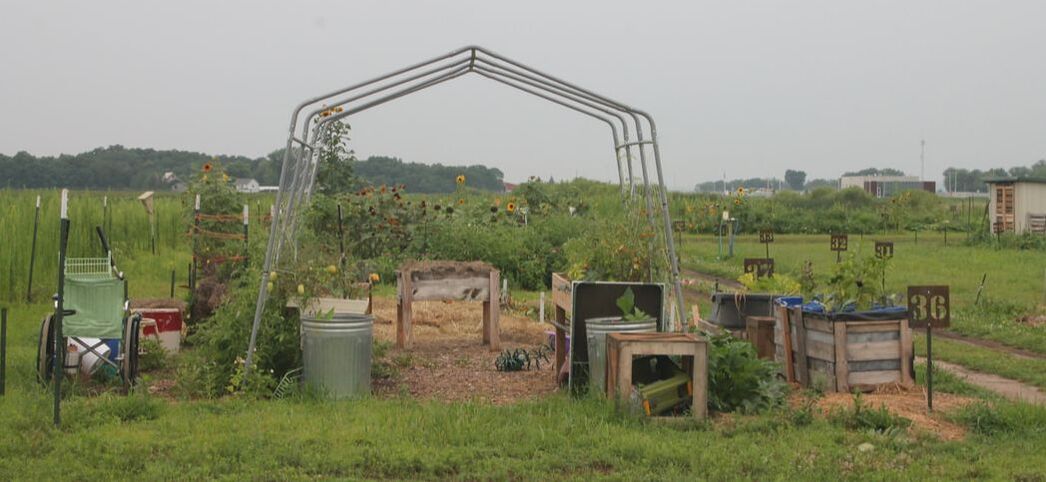
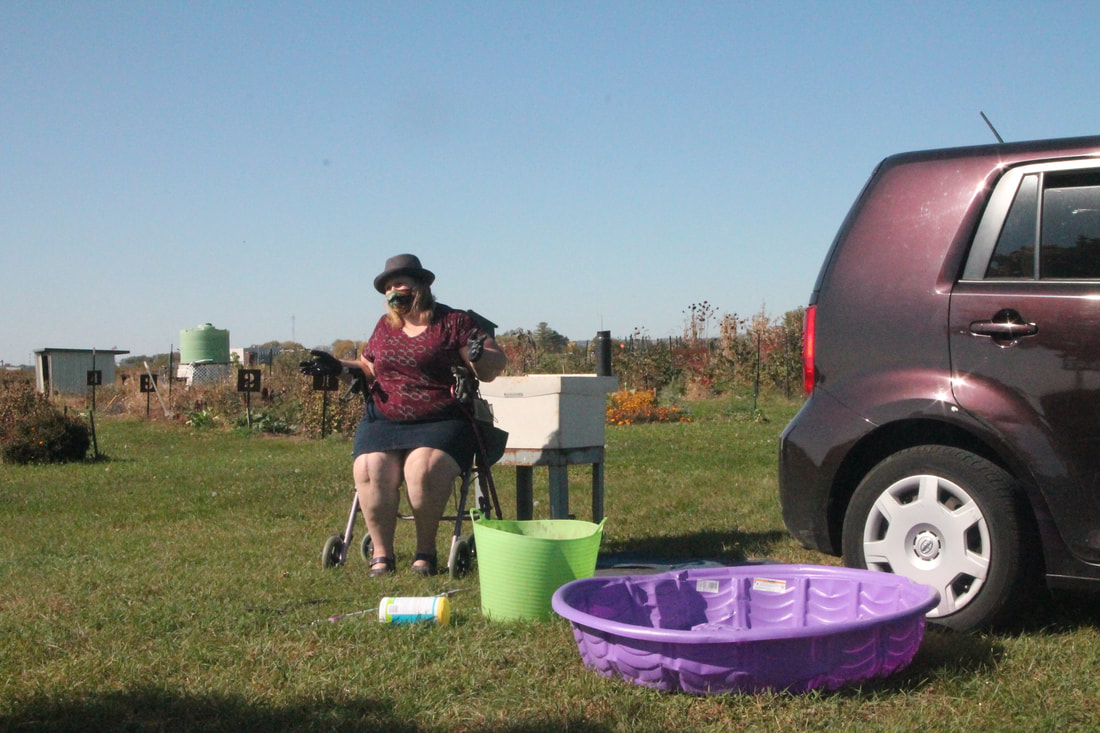
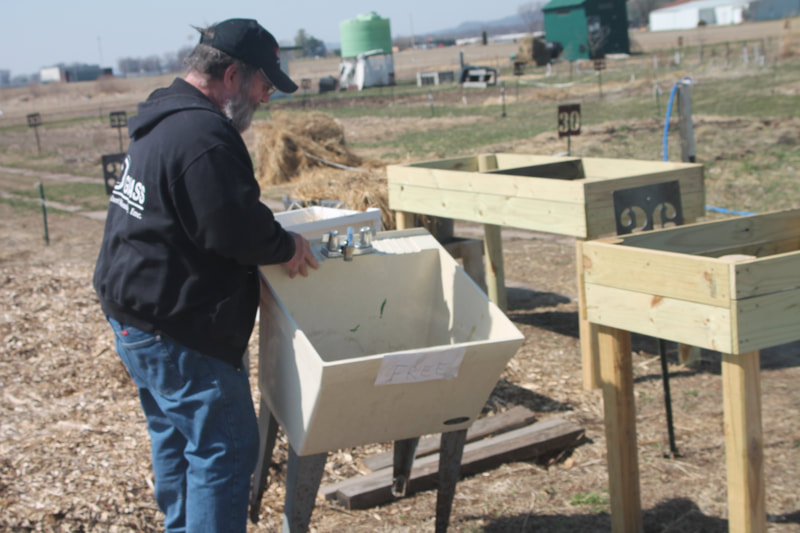
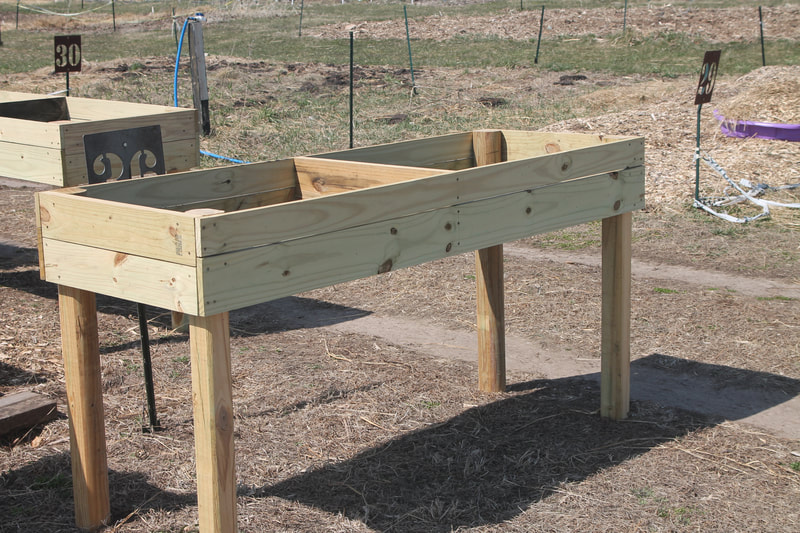
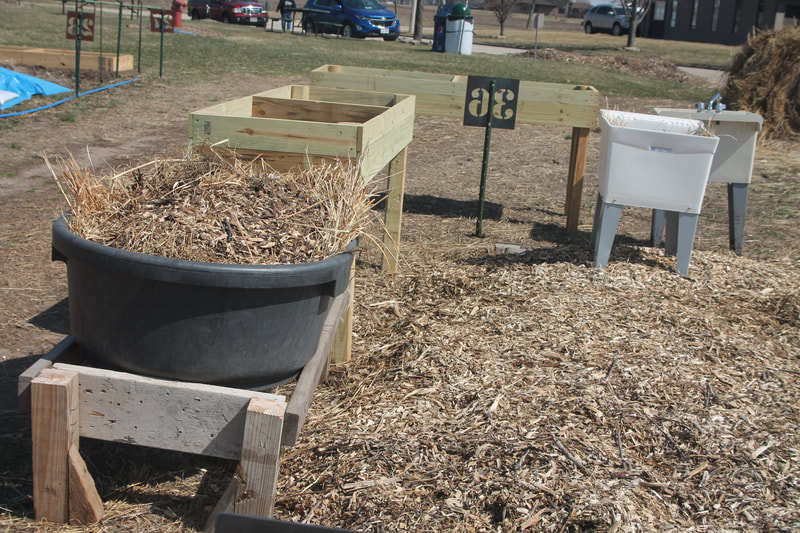
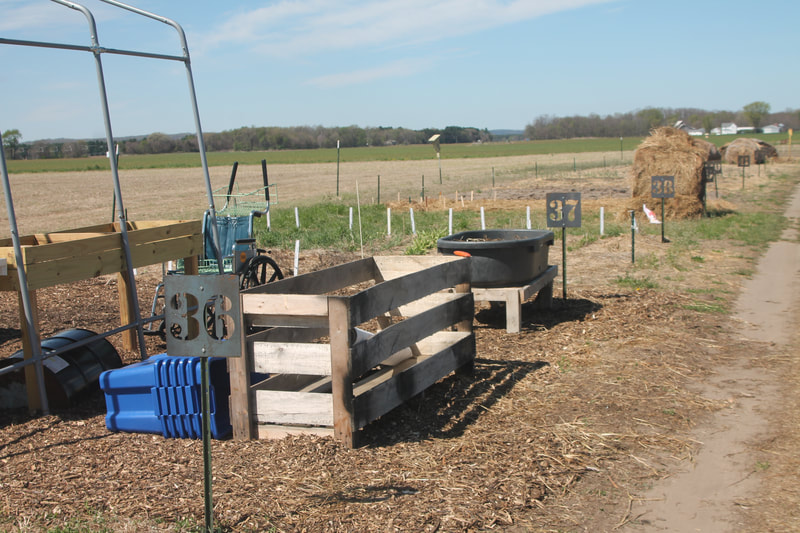
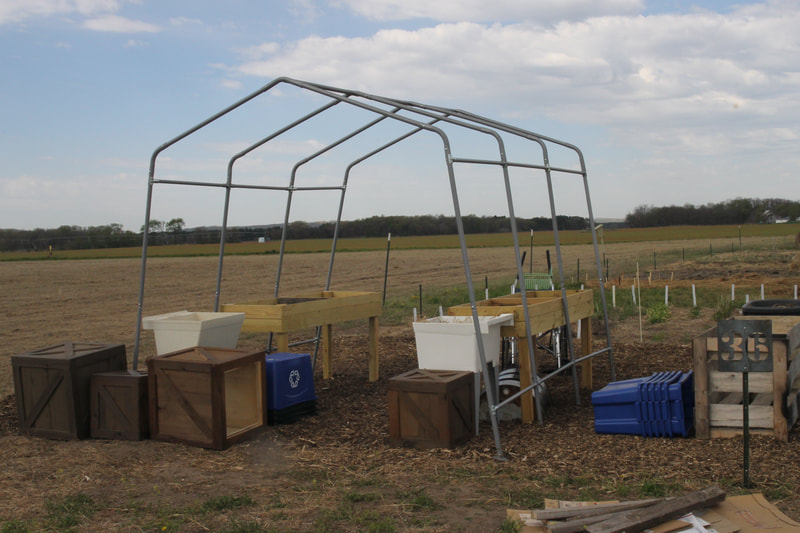
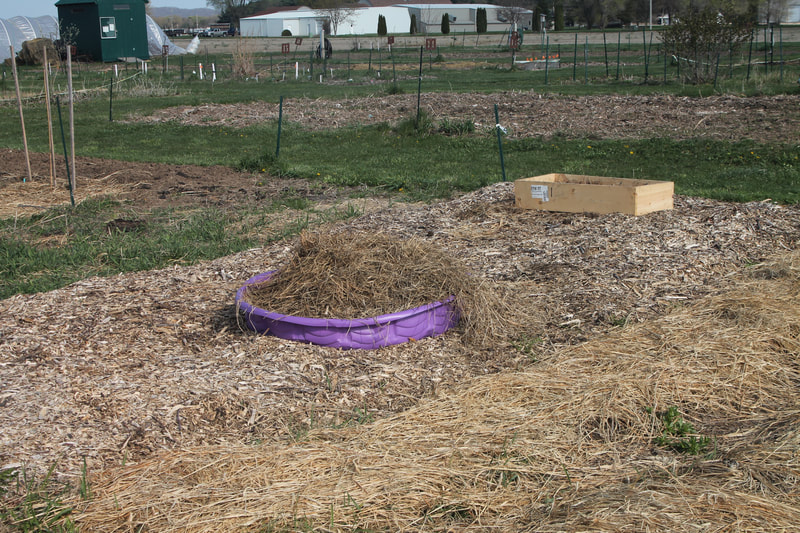
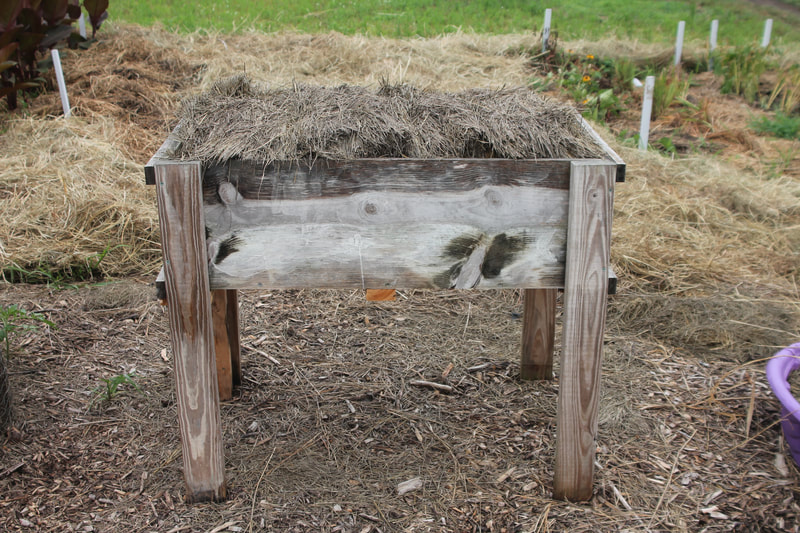
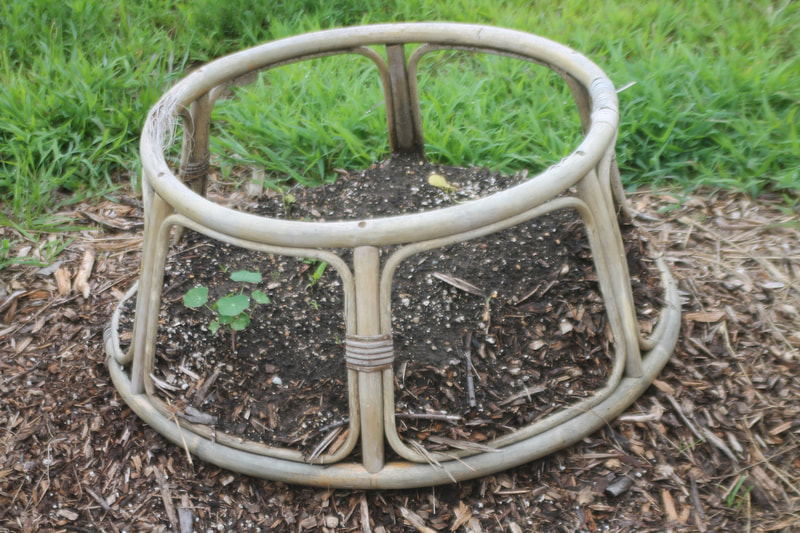
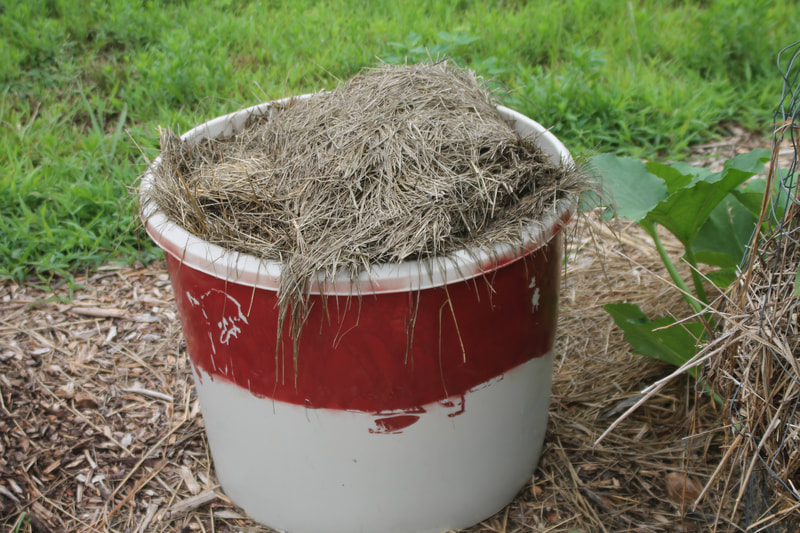
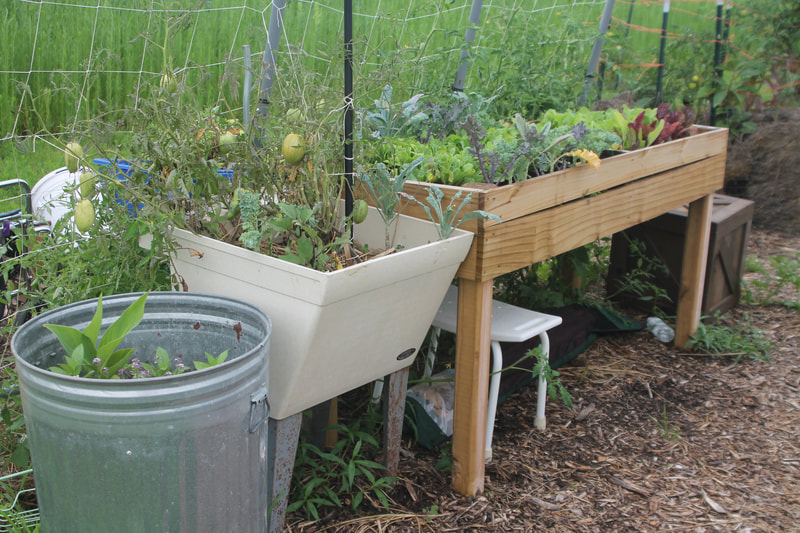
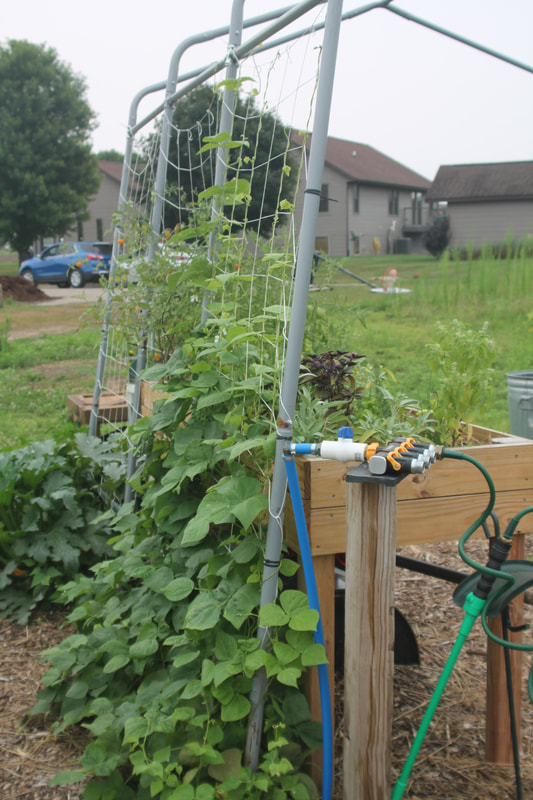
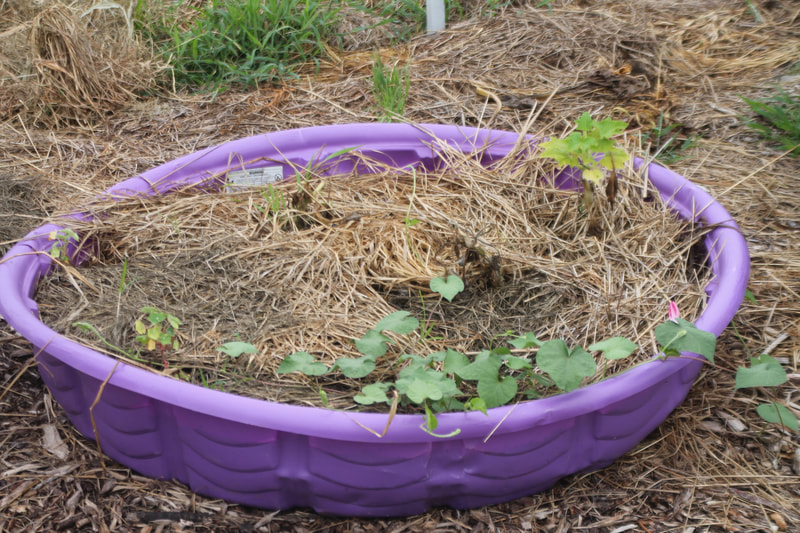
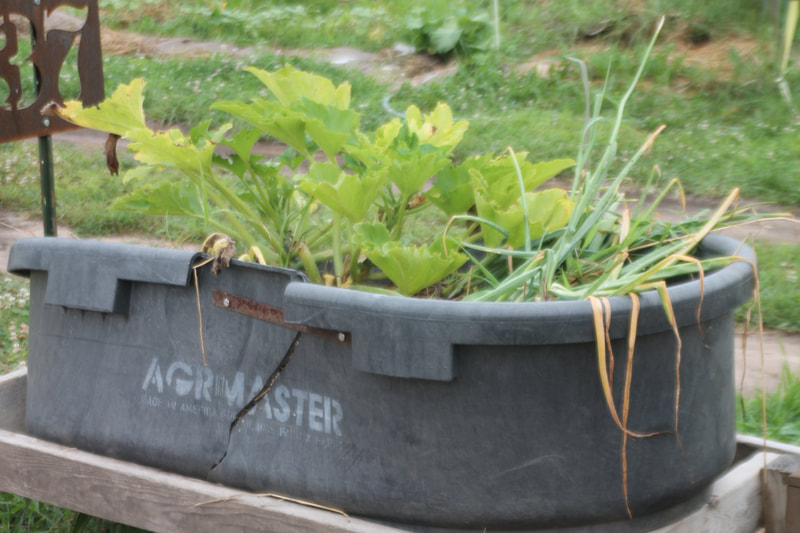
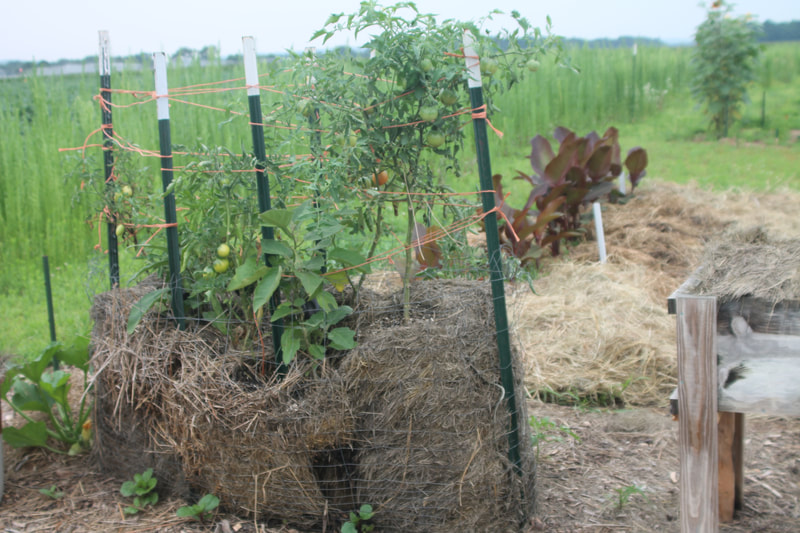
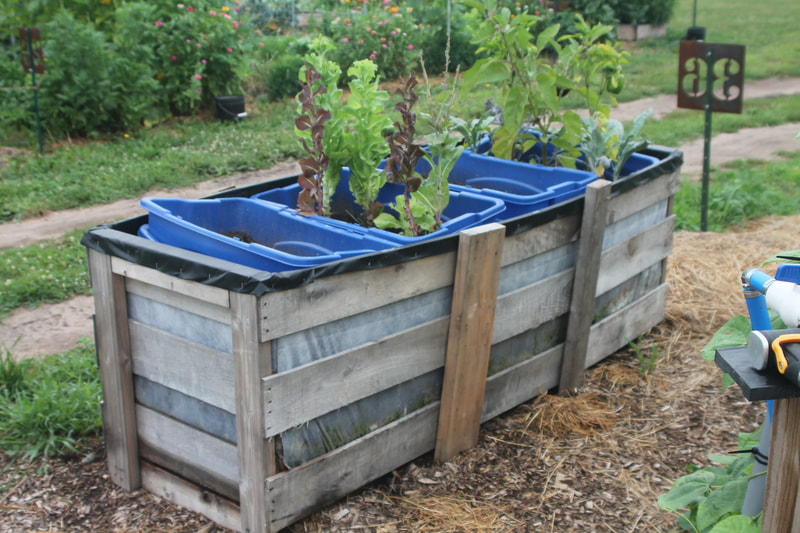
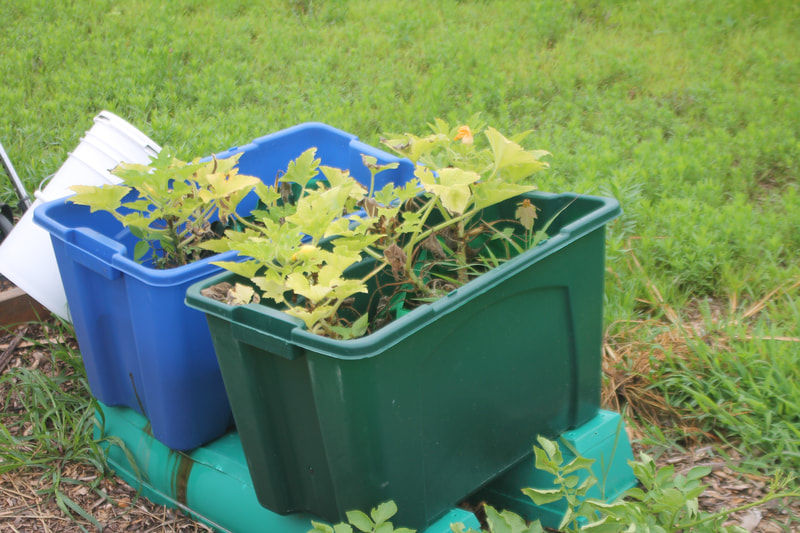
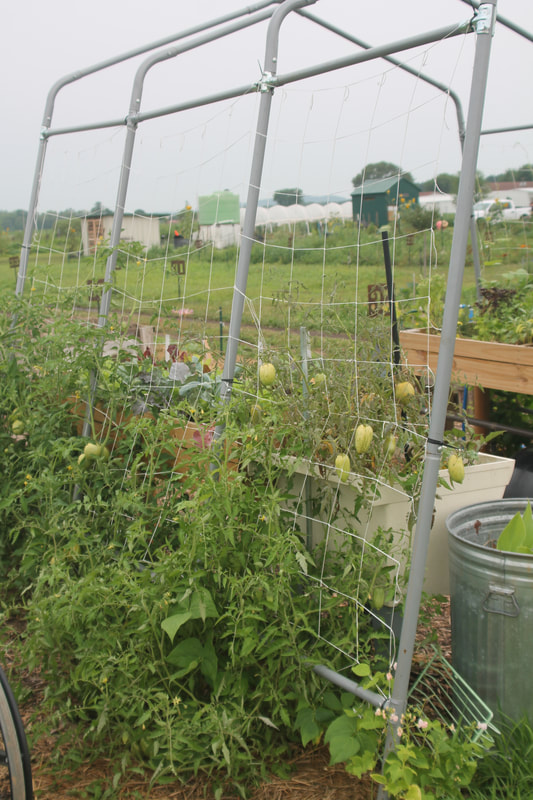
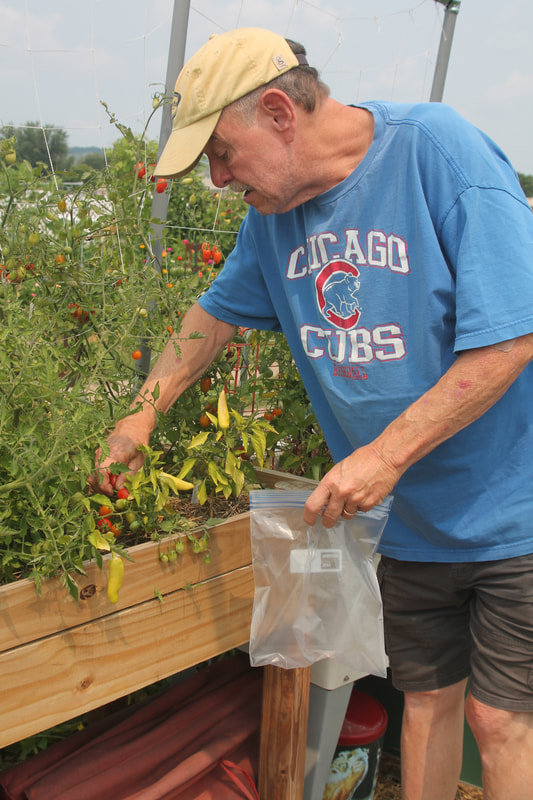
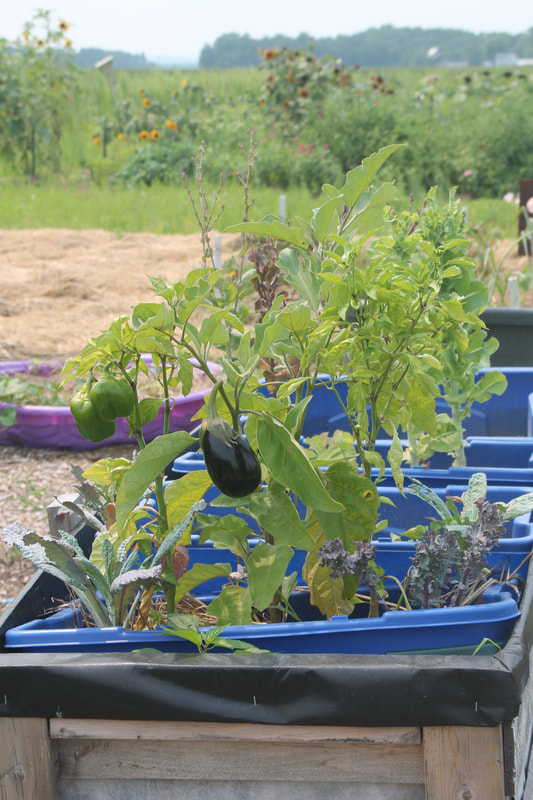
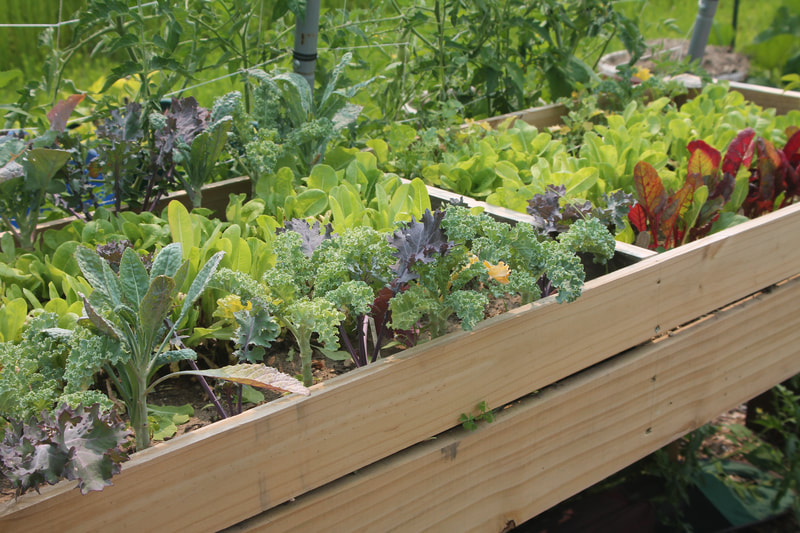
 RSS Feed
RSS Feed